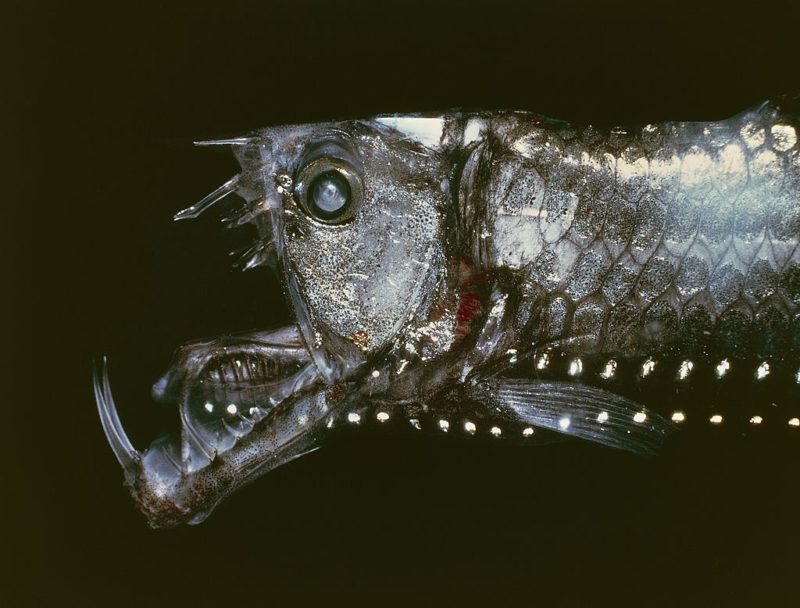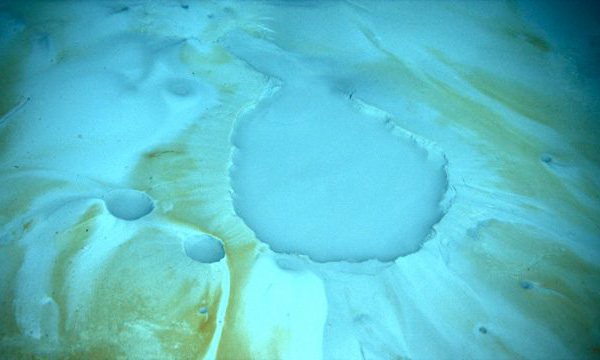Brine Pools: The Hidden Secret In the Depths of the World’s Oceans
The vast majority of the Earth is covered in water, and scientists haven’t even scratched the surface of what lies beneath. It’s well known that the deeper you go, the more dangerous it gets. This also means that the amount of marine life shrinks the deeper you travel.
Oceans become pitch-black at around 200 meters, meaning plant life can’t grow. As such, the only fish living in the deepest depths look like something out of a horror film. Some examples are the black seadevil, viperfish and stoplight loosejaw, which provides its own flashlight.

As the ocean gets deeper and deeper, it gets to a point where even fish can no longer survive, and when you travel a little further down, you get to the brine pools. These pools, which sit essentially on the ocean floor, are also known as “sea floor lakes,” due to the fact they act independently from the water above them. This is the result of their differing masses.
Brine pools vary greatly in size. They’ve measured anywhere from 11 square feet to 46 square miles. The salinity of these pools is also intense, with the concentration measuring anywhere from three to eight times that of normal ocean water. As a result, neither fish nor plant life can survive in their environment, as they’re deadly to respiring organisms.
If they’re unable to swim to the rim of the brine pool, the majority of sea creatures will suffer a quick death. Several exploratory missions by submarines have seen a number of dead fish, organisms and crabs within these bodies of water. Their remains fail to decay, to the high level of brine.
The only living things in brine pools are microbes. While these pools of water are not habitable for typical sea life, the microbes that live in them thrive, due to the fact they have no predators.

More from us: Careful! These Cute Animals Will Actually Kill You
There is also important scientific research being done. Researchers are now looking into whether the high saline content of brine pools could be used to produce energy through a turbine. They’re are also using these pools to see if water exists on Mars, and are checking if the microbes within could be used to create anti-cancer drugs.





